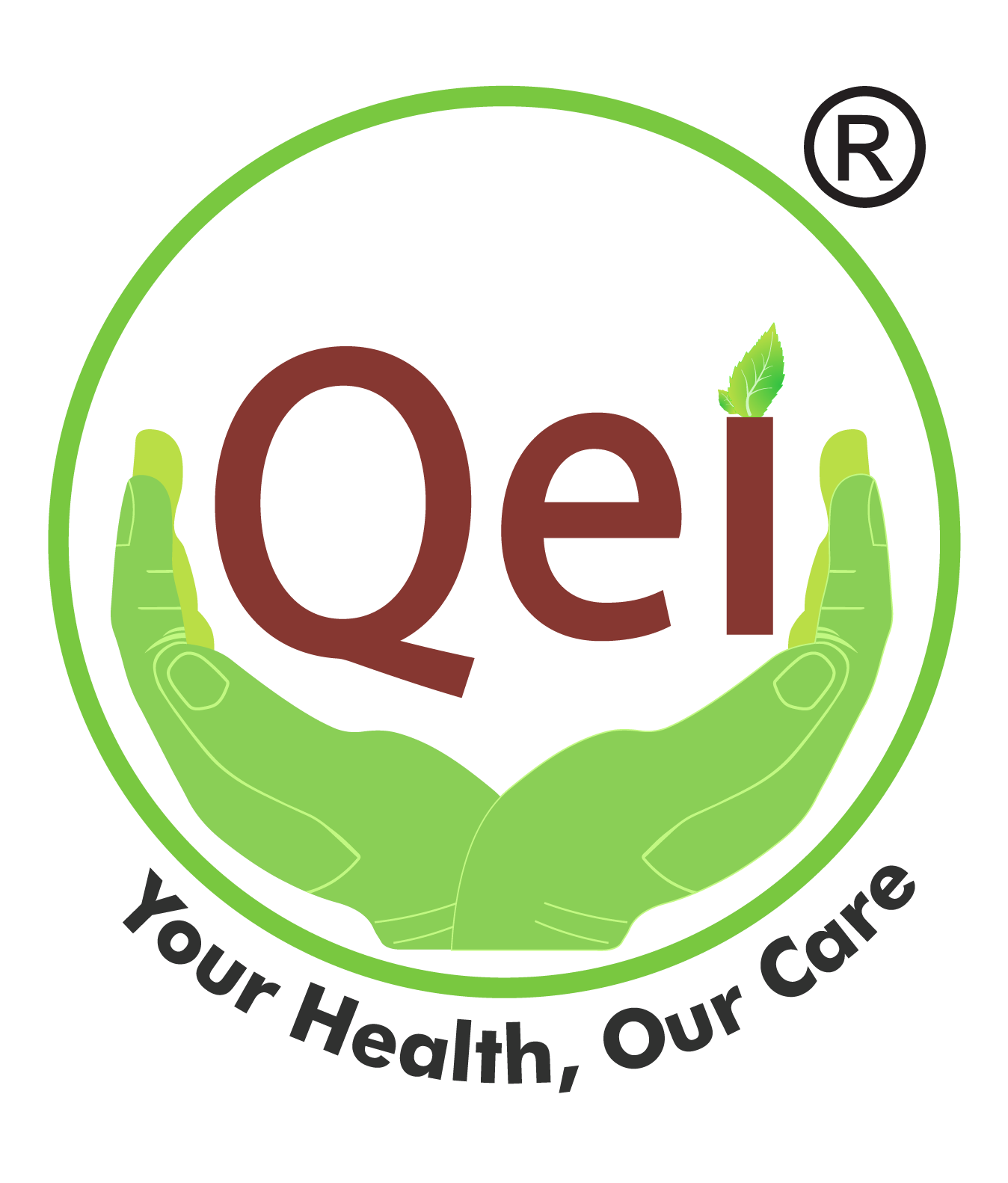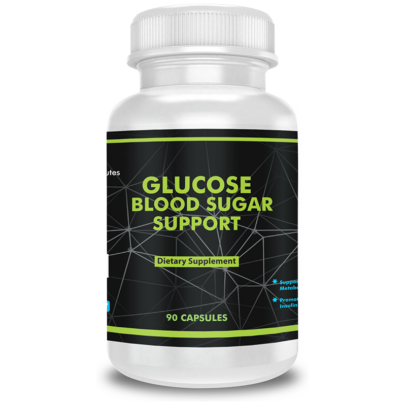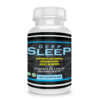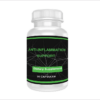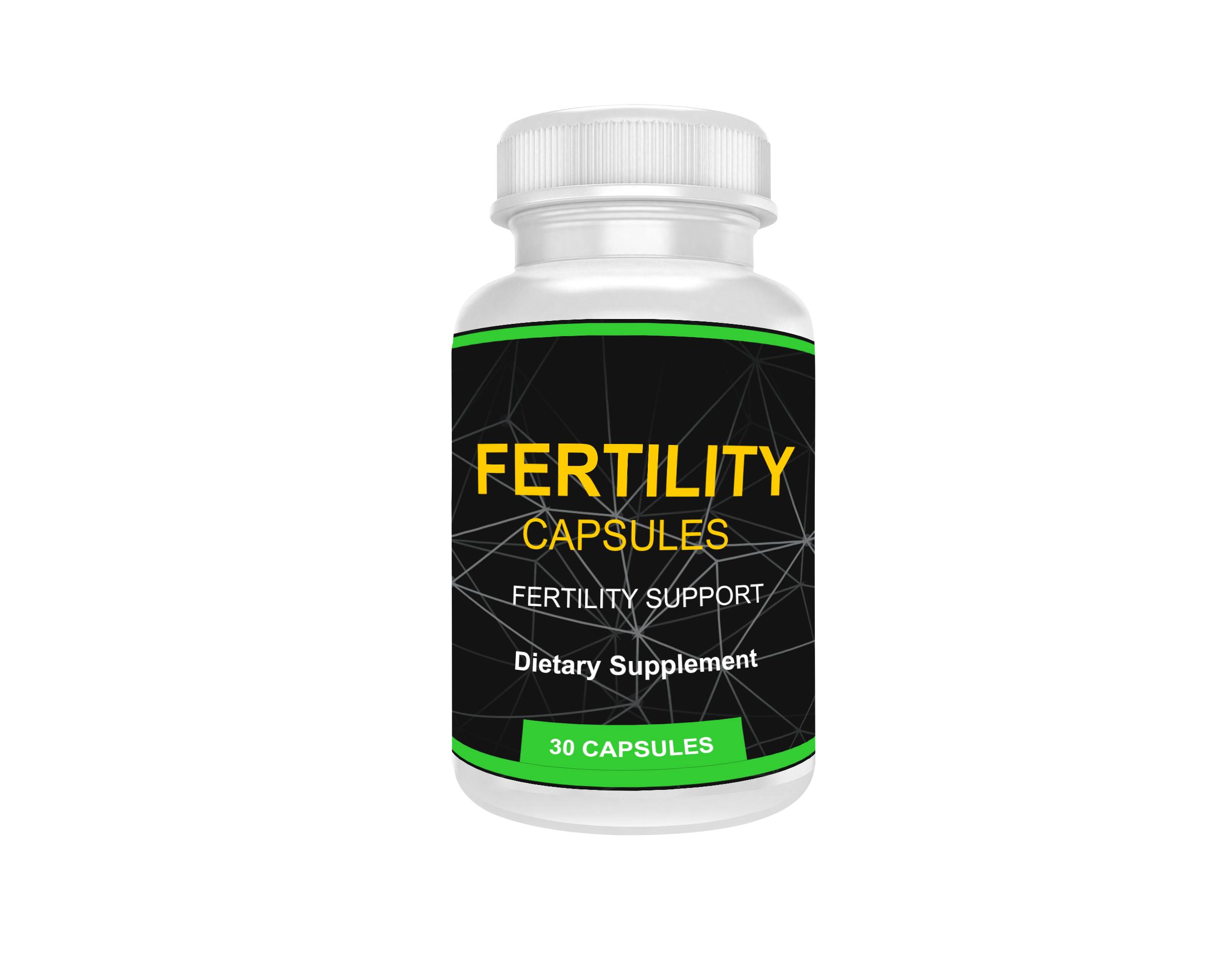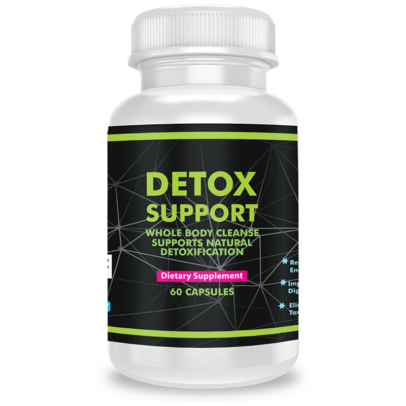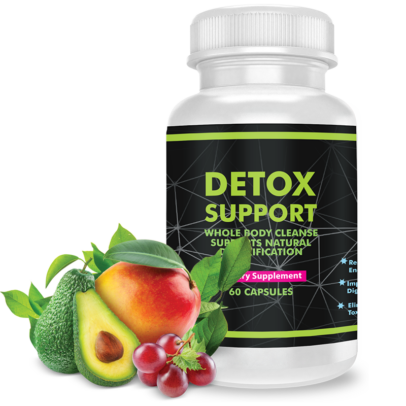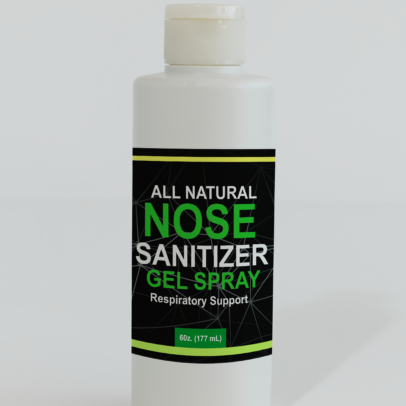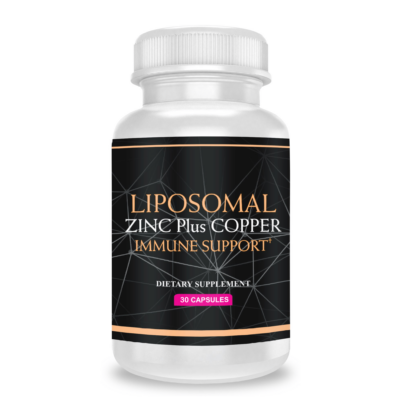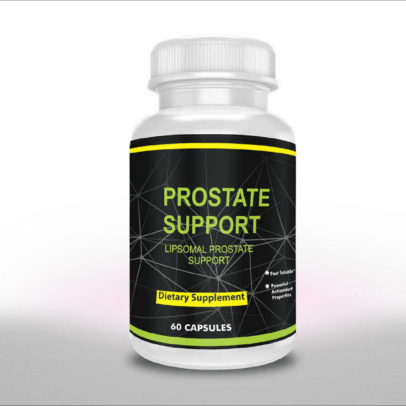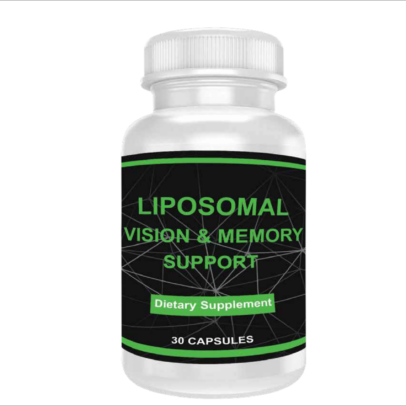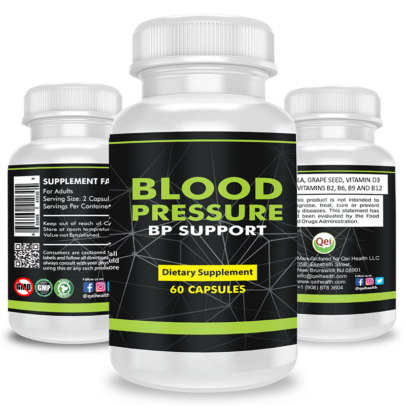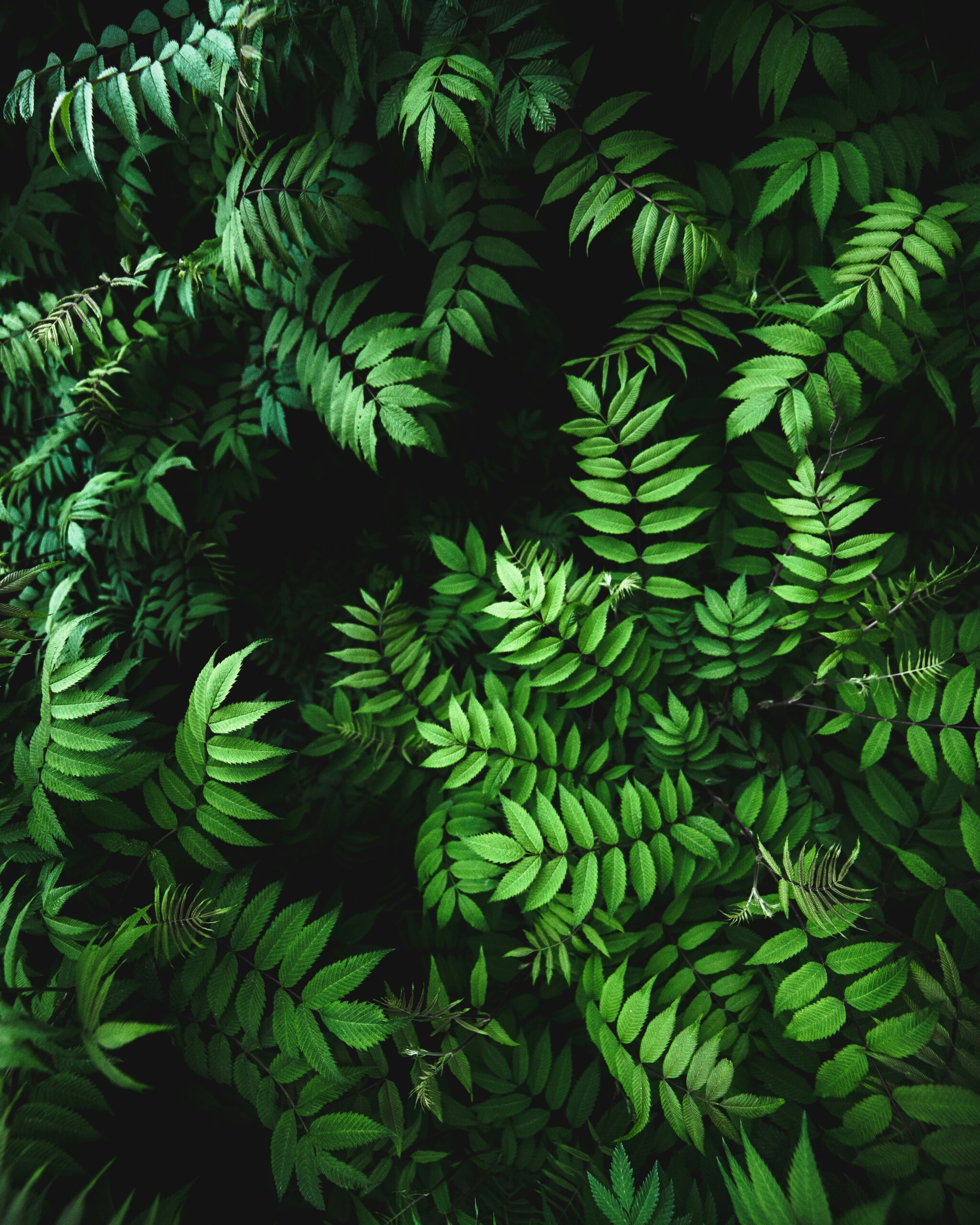
Fertility Capsule / Tea
Fertility Capsule / Tea
Fertility capsule/tea supports fertility, aids in the reduction of menstrual pain and helps to regulate irregular menstrual cycle by stimulating ovulation
SKU: MEGA-HR-1-12
Category: Support
Free
Worldwide Shopping
100%
Guaranteed Satisfaction
30 Day
Guaranteed Money Back
Ingredients; Chasteberry, Raspberry, Green Tea Lady’s mantle, Nettle leaf and peppermint.
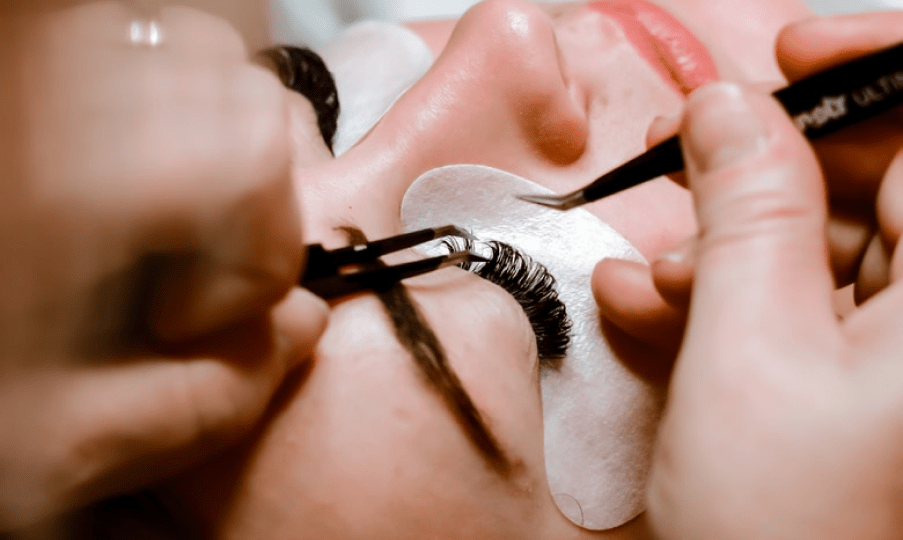
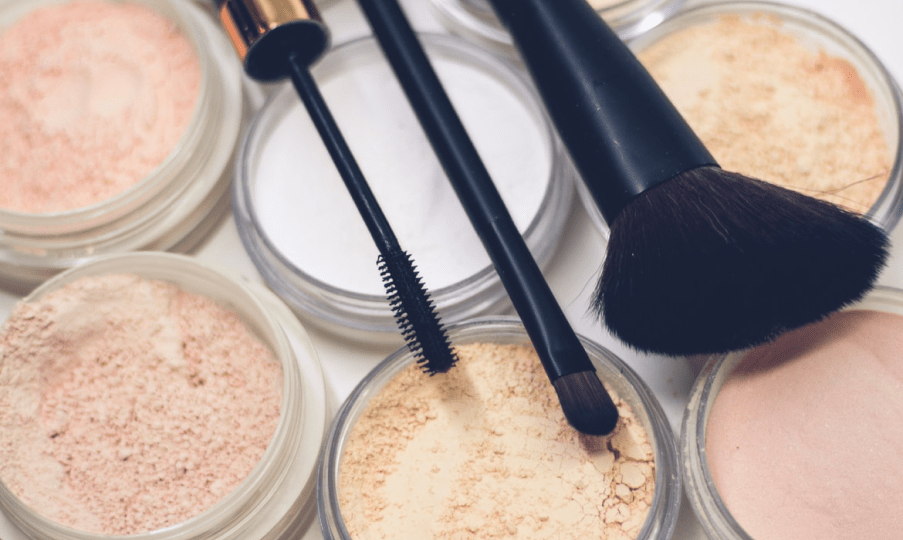
Ingredients of Fertility Capsule/Tea
CHASTEBERRY
Chasteberry, also known as monk’s pepper or vitex agnus-castus (derived from the Greek word “agonos,” meaning infertile), is the fruit of flowering shrubs found near riverbanks in parts of Asia and the Mediterranean. Rich in flavonoids (such as oriental, vitexin, and casticin), iridoids (including eurostoside, agnuside, and aucuboside), and diterpenes (like rotundifuran and vitexilactone), the chaste tree is renowned for its endocrinological and gynecological benefits. Chasteberry exhibits notable actions in stimulating menstrual blood flow within the pelvic and uterine regions, contributing to the regulation of irregular menstrual cycles. It proves beneficial in managing premenstrual disorders, alleviating symptoms like irritability, mastodynia (breast pain), migraines, and breast tension. Moreover, Chasteberry promotes physiological comfort during the menstrual cycle, aiding in the reduction of menstrual pain. Moreover, Chasteberry exhibits hormonal regulatory effects, making it a valuable tool in moderating libido. This is particularly beneficial for men with heightened sexual needs or compulsive impulses that may lead to challenges. Overall, Chasteberry offers a comprehensive approach to reproductive health and hormonal balance.
GREEN TEA LADY’S MANTLE
Lady’s Mantle, scientifically classified under the genus Alchemilla, is part of the rose family (Rosaceae), encompassing approximately 300 species of herbaceous perennials. Characterized by underground stems known as rhizomes that spread and a tendency to grow in clumps, Lady’s Mantle is indigenous to Britain and Europe. Presently, it is cultivated in various regions across the globe, thriving well in zones three through eight in the United States. This versatile herb plays a significant role in women’s health, particularly in regulating irregular menstruation by stimulating ovulation. Abundant in tannins, Lady’s Mantle proves effective in managing excessive menstrual bleeding, addressing conditions like menorrhagia and metrorrhagia. Additionally, it aids in alleviating menstrual cramps. Lady’s Mantle’s interaction with progesterone receptors contributes to the reduction of menopausal symptoms, including hot flushes, night sweats, anxiety, and mood swings. Beyond its reproductive health benefits, Lady’s Mantle also imparts advantages to the digestive system, promoting strength and easing stomach cramps. This herb emerges as a holistic solution, addressing both menstrual and menopausal concerns while providing digestive support.
PEPPERMINT
Peppermint (Mentha × piperita), an aromatic herb within the mint family resulting from the crossbreeding of watermint and spearmint, originally hails from Europe and the Middle East. Over time, it has become extensively cultivated and established in various regions worldwide, appreciated for both its delightful, minty flavor and its multitude of health benefits. With a history spanning thousands of years, peppermint has served as a therapeutic herb. Rich in antioxidants, peppermint exhibits the potential to mitigate the severity and duration of menstrual cramps by hindering muscle contractions. Beyond its menstrual health benefits, peppermint is thought to alleviate headaches and migraines, conditions often associated with endometriosis—a prevalent cause of infertility. Furthermore, its influence extends to hormone regulation, relaxation enhancement, and the facilitation of ovulation, potentially contributing to a natural boost in estrogen levels. Peppermint emerges as a versatile herb with both gustatory and health-promoting attributes.
NETTLE LEAF
Nettle leaf, scientifically known as Urtica dioica, is derived from an herb characterized by stinging hairs on its leaves and stems. With roots tracing back many centuries, nettle leaf has been a staple in traditional medicine. Originating in Europe, North Africa, and Asia, it enjoyed widespread use in Greek and Roman times, particularly in the Mediterranean region. Renowned among herbalists for its fertility-boosting properties, nettle leaf offers a wealth of minerals and chemicals beneficial to women at various life stages. Its positive impact on the female reproductive system is evident, making it a frequent inclusion in blends addressing postmenstrual syndrome, fertility, and menopause. Nettle leaf’s ability to tone and nourish the uterus is recognized, playing a role in preparing the body for pregnancy. Noteworthy for its rich chlorophyll and iron content, nettle serves as a detox agent, cleansing the body and enhancing the likelihood of successful fertilization and sustained egg maturity. Additionally, nettle addresses exhaustion resulting from iron deficiency due to heavy menstrual cycles. Abundant in calcium, as well as vitamins A, C, D, and K, nettle is widely embraced as a general tonic. Its historical use dates back to medieval times, where it was employed to alleviate muscle pain, joint pain, arthritis, and anaemia. Moreover, nettle’s immune-strengthening properties add another layer to its diverse range of health benefits.

